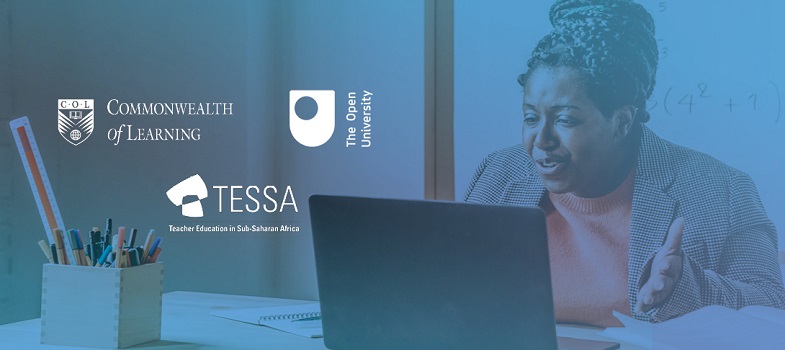Week 4: A toolkit for inclusive teaching and learning
3. A teachers’ toolkit
3.1. A teacher’s toolkit: focus on resources
|
Open educational resources (OERs) Open educational resources (OERs) are resources which are freely available. They have a special ‘creative commons’ copyright license which allows them to be copied, adapted and republished (www.creativecommons.org). There are six types of license, each with slightly different conditions attached. All of them require you to acknowledge the source of the material. The authors do not receive any payment; the producer bears the cost of the resources. For example, this sign means you can use this material as long as you acknowledge its source. If you adapt it and republish it you must share it under the same terms (‘share alike’). They were first defined in 2000 by UNESCO and supported in the Paris Declaration in 2012 and the Ljublijana Action Plan in 2017. OERs can be printed materials or digital. They can be in the form of pictures, books, documents, videos or audio. |
Despite their promise – the availability of OERs has not had the impact expected. This is partly a result of poor internet connectivity, but also the result of attitudes and confusion about OERs and how to find resources that are or might be useful.
Activity 4.3 Understanding OERsAllow approximately 30 mins for this activity. Listen to this slidecast about OERs. As you listen, in your study notebook make notes on the opportunities and challenges afforded by OER. (Transcript available here) Use your notes to write responses to the following questions:
Add a comment to the Week 4 forum stating one thing you have learnt about OER from this presentation. |
